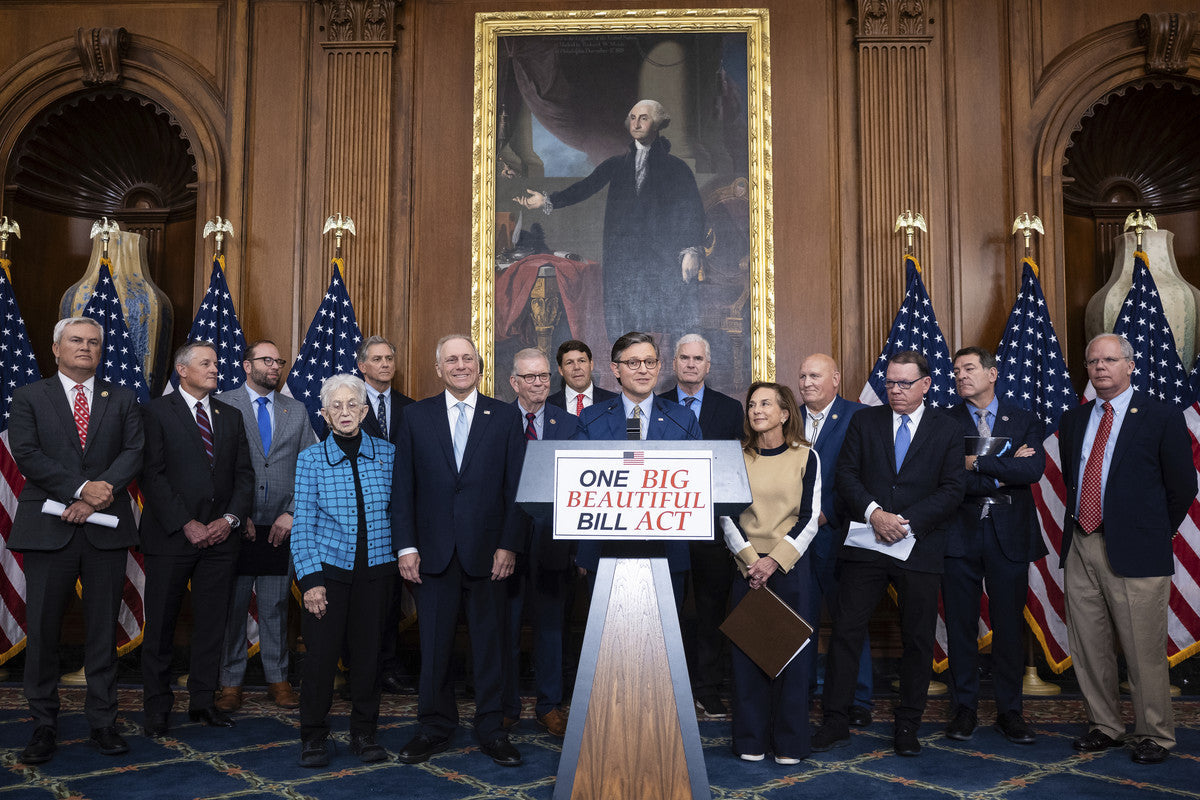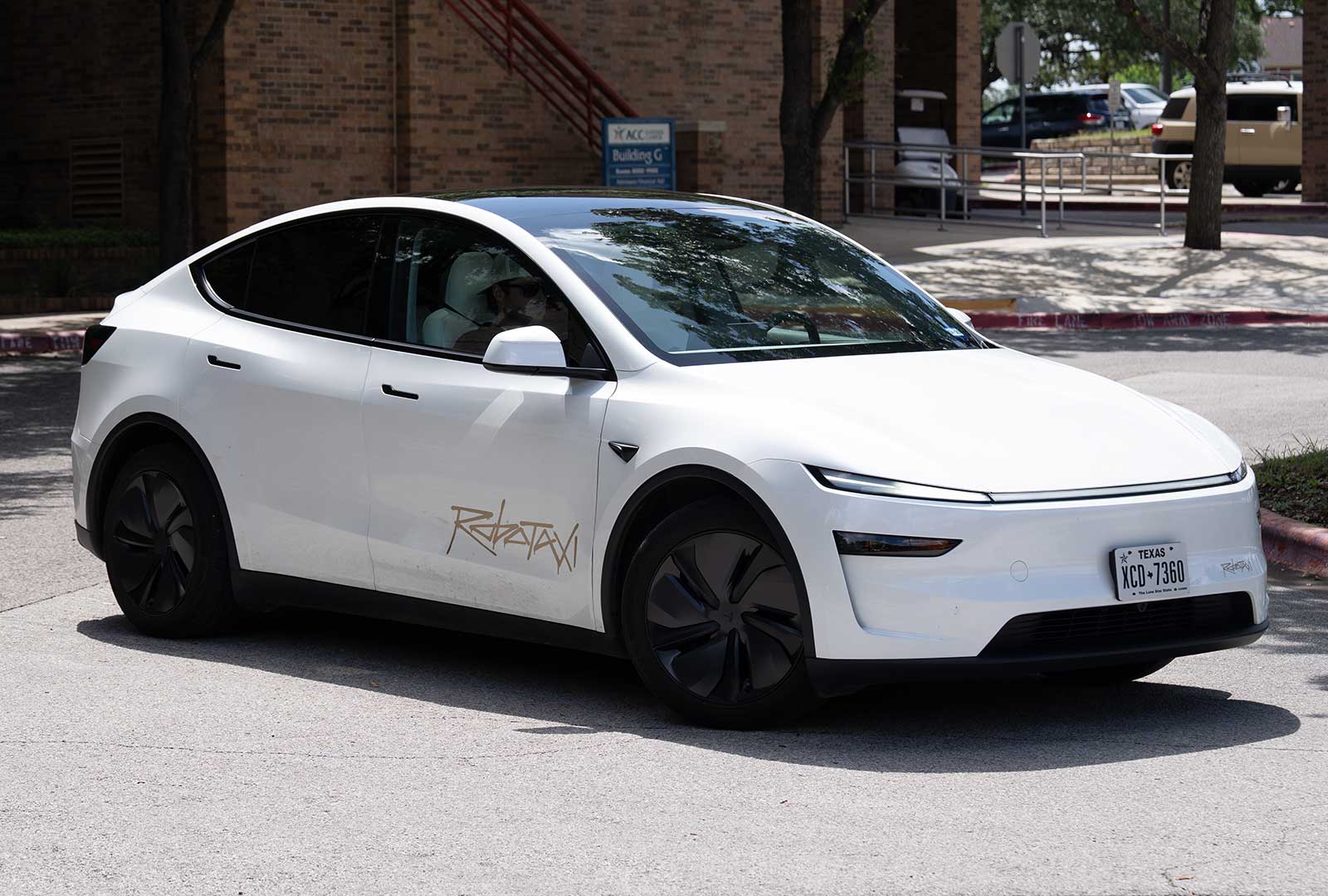On July 4, 2025, President Donald Trump signed the “One Big Beautiful Bill” into law, a sweeping tax and spending package that eliminates the $7,500 federal tax credit for electric vehicle (EV) purchases and leases, effective September 30, 2025. This policy shift, part of a broader agenda to reduce clean energy incentives, is poised to reshape the EV leasing market in the United States. This blog explores the implications of the tax credit’s termination, its effects on consumers and manufacturers, and how EV enthusiasts can adapt to this new landscape.
The Role of the $7,500 Tax Credit in EV Leasing
The $7,500 tax credit, introduced under the Inflation Reduction Act of 2022, has been a cornerstone of EV affordability. For leased EVs, a loophole allowed lessors to claim the credit and pass savings to lessees, making models like the Tesla Model Y and Chevrolet Equinox EV more accessible. This incentive reduced monthly lease payments by approximately $100–$200, depending on the vehicle’s price and lease terms. According to the U.S. Department of Energy, leasing accounted for over 40% of EV transactions in 2024, underscoring the credit’s role in driving adoption.
With the credit’s elimination, lessees will face higher costs. For example, a Tesla Model 3 Long Range, priced around $47,000, previously benefited from a $7,500 discount, effectively lowering the cost to $39,500. Post-September 2025, lessees will bear the full cost, potentially increasing monthly payments by 10–15%. This price hike could deter budget-conscious consumers, slowing EV leasing market growth.

Impact on Consumers and Market Dynamics
The termination of the tax credit is expected to reduce EV affordability, particularly for middle-income households. Industry analysts predict a 72% drop in planned EV sales over the next decade, with leasing—a popular option for those avoiding high upfront costs—likely to be hit hardest. Without the credit, EVs like the Hyundai Ioniq 5 or Ford F-150 Lightning will see effective price increases of $7,500, making them less competitive against gas-powered vehicles. For instance, the Chevrolet Equinox EV, currently priced at $26,100 with the credit, will rise to $33,600, a 29% jump.
Consumers may turn to used EVs, which previously qualified for a $4,000 credit, but this incentive also ends on September 30, 2025. The used EV market may see a temporary surge as buyers rush to claim the credit before the deadline, but long-term demand could wane without financial incentives. To offset the rising costs of leasing an EV without the tax credit, consumers can explore practical charging solutions. For example, a portable charger allows convenient home charging using standard outlets or NEMA-compatible setups, helping lessees save on operating expenses.

Challenges for Automakers and the EV Ecosystem
The loss of the tax credit poses significant challenges for automakers. Companies like Tesla, Ford, and General Motors have invested billions in EV production, relying on incentives to boost demand. Tesla, the U.S. market leader, reported $1.79 billion in regulatory credit revenue in 2024, which will be disrupted as the Zero-Emission Vehicle (ZEV) credit system faces collapse under the new law. Automakers may scale back EV production, shifting focus to hybrids or internal combustion engine vehicles to offset losses.
The bill’s broader impact on clean energy could also stall charging infrastructure growth. The Alternative Fuel Vehicle Refueling Property Credit, which supported EV charging station installations, expires on June 30, 2026. This could exacerbate range anxiety, particularly in rural areas where charging stations are scarce.
Opportunities Amid Policy Shifts
Despite the challenges, the bill introduces a silver lining for some EV buyers. A new tax deduction allows up to $10,000 in annual loan interest for U.S.-assembled vehicles, including EVs, from 2025 to 2028. Eligible models, such as the Ford F-150 Lightning or Lucid Air, must be assembled in the U.S. and weigh under 14,000 pounds. This deduction could save buyers approximately $2,500 annually on a $50,000 loan at 5% interest, partially offsetting the loss of the tax credit. However, this benefit applies only to purchases, not leases, limiting its impact on the leasing market.
The bill’s focus on domestic manufacturing may encourage automakers to prioritize U.S.-based production, potentially creating jobs. However, reduced incentives could cede market share to countries like China, which dominates global EV and battery production. For lessees, acting before the September 30, 2025, deadline is critical to secure the $7,500 credit. Checking lease agreements to ensure the credit is applied upfront can maximize savings.

Adapting to the New Landscape
As the EV leasing market navigates this period of uncertainty, consumers can adopt proactive strategies to maintain affordability. Securing a lease before the September 30, 2025, deadline allows access to the $7,500 tax credit, significantly lowering upfront costs. For those considering long-term leases, utilizing existing home or workplace charging options can reduce operating expenses, ensuring EVs remain a cost-effective choice despite the shifting policy landscape.
Advocacy groups like Plug In America urge consumers to act swiftly, noting that the “summer of the EV” is now, as credits vanish post-September. While EVs remain cheaper to operate—saving drivers up to $14,000 over 15 years in fuel and maintenance costs—the loss of the tax credit may delay widespread adoption.
Conclusion
The passage of Trump’s Big Beautiful Bill marks a pivotal moment for the EV leasing market. The elimination of the $7,500 tax credit will increase costs, potentially slowing EV adoption and challenging automakers’ investments. While the new loan interest deduction offers some relief for buyers, lessees face a tougher road ahead. The EV market will endure, but its growth depends on innovation, advocacy, and strategic consumer choices in this evolving policy landscape.
Recommended Reading: Act Now Before the $7,500 EV Tax Credit Disappears: What Drivers Need to Know Before September 30, 2025








Share:
What New EV Owners Need to Know: A Comprehensive Guide
Why Tesla's Shareholder Vote on xAI Investment Is a Must-Watch Development